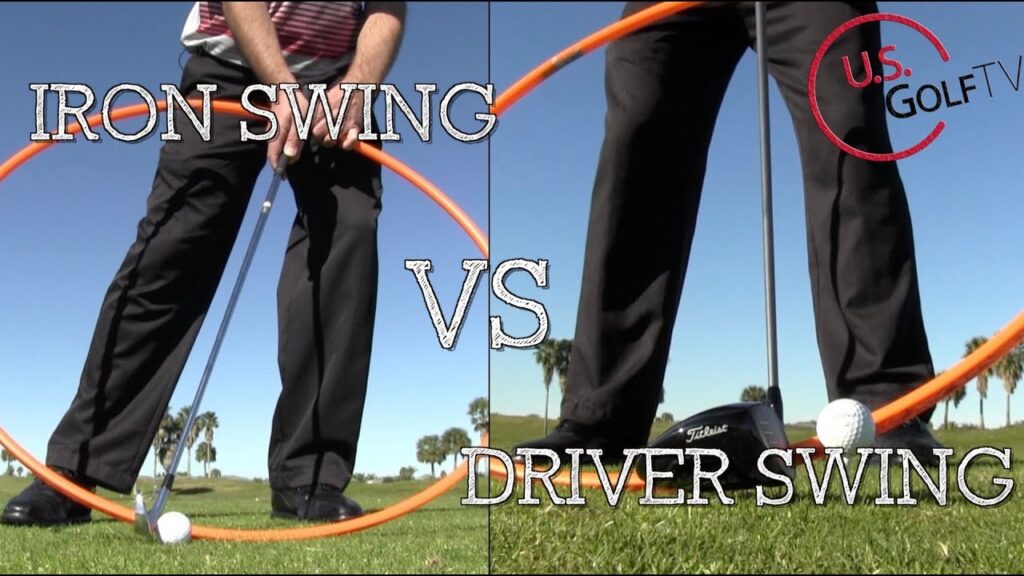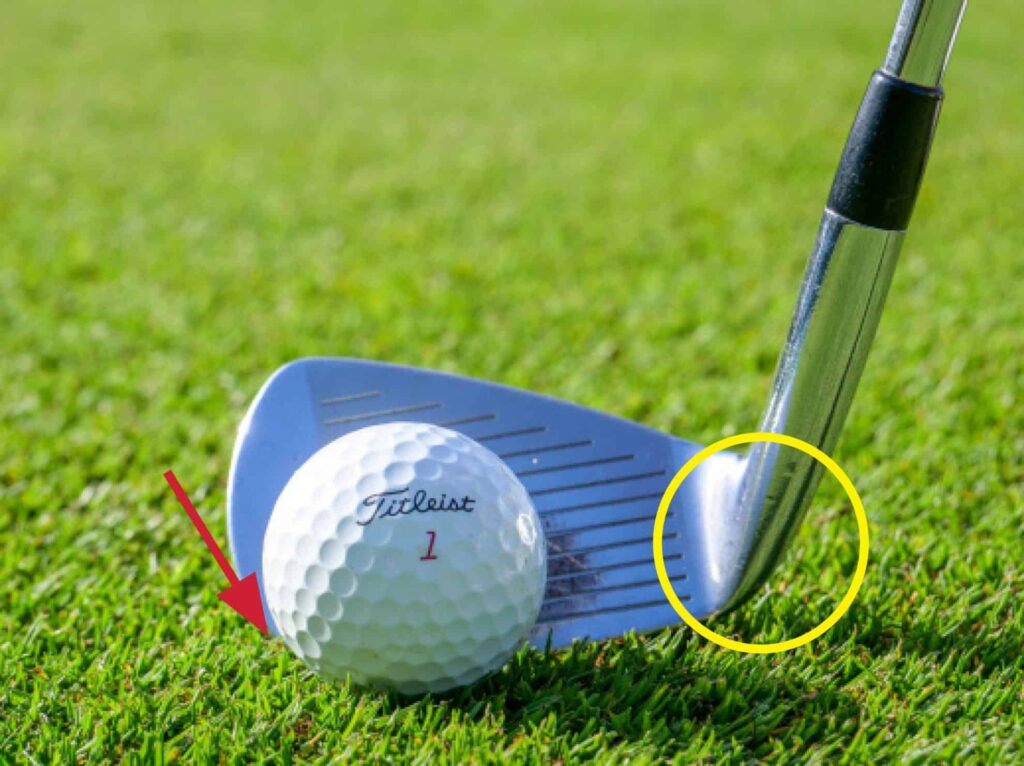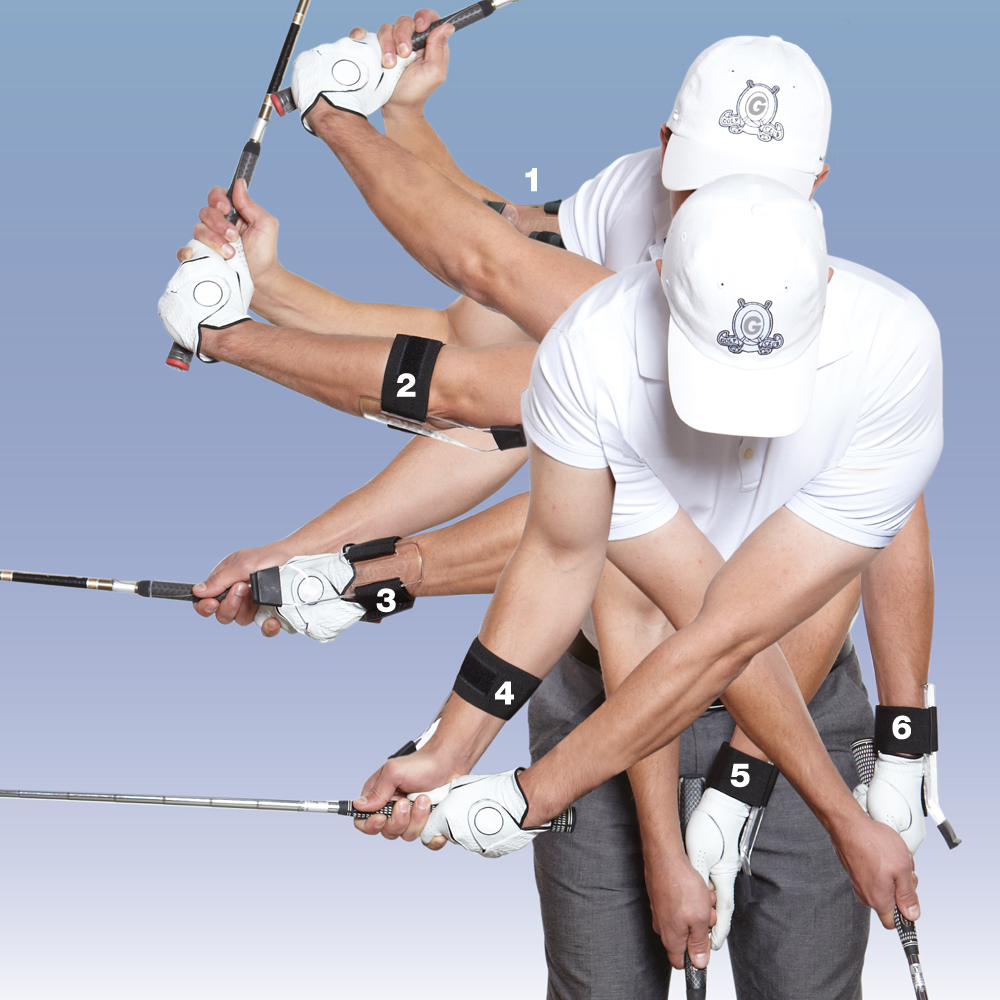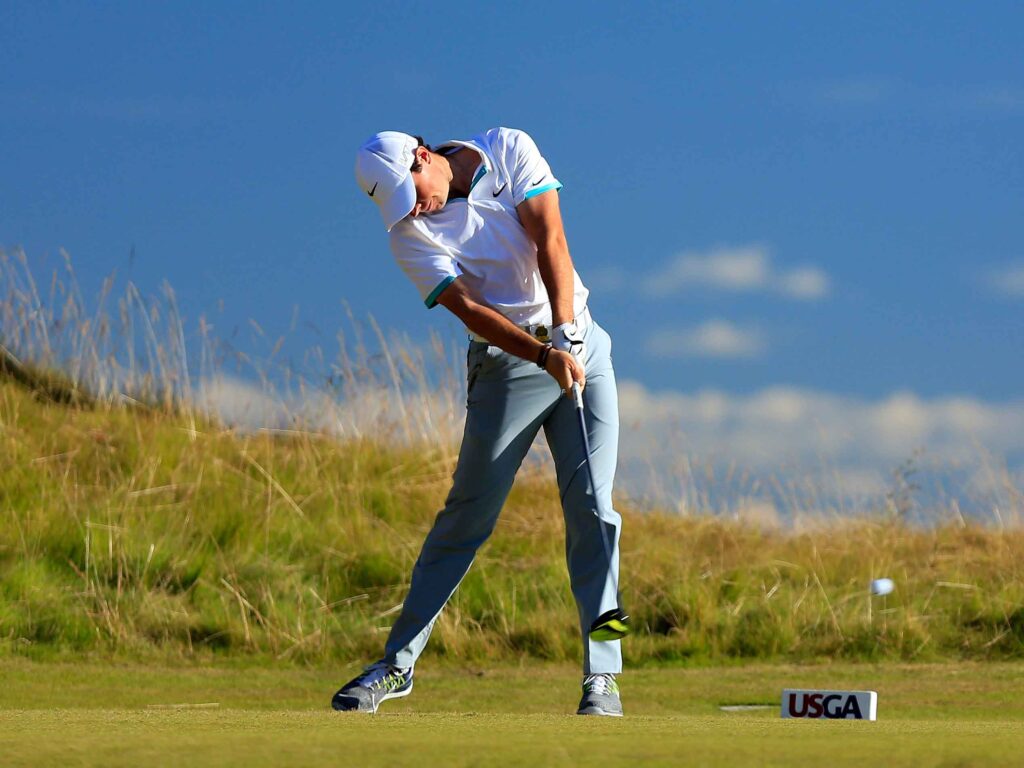This is the fourth in a series of blogs to help you simplify your knowledge of golf and hopefully improve your game. [These tips are distilled from an article published by Luke Kerr-Dineen for a GOLF franchise called “Play Smart”. These nuggets of knowledge are designed as a quick reference to help you as they have helped so many other golfers.]
13/ Manage your Expectations: One of the keys to happier golf is to be realistic with your own expectations. Just like playing at Online casinos, you should pay attention to your successes and learn from your weaknesses to overcome your frustrations. Unfortunately, too many golfers have expectations that are wildly out of whack with the reality of their game. A great way to work on this is to keep track of the basic stats from your own game as you play. Keep your personal score card on every round with a tick when your drive lands in the fairway, a tick when you hit a GIR and add the your number of putts for each hole. Add-up your results for each round and track your progress.
Do you know that from 150 yards, a scratch golfer hits the green only about 60 percent of the time and hits Greens In Regulation 61% of the time? Don’t expect to reach these target numbers.
14/ Find Your ‘Center’: Yes, it’s important to “load” on the backswing and shift your weight forward on the down- swing. But 3D motion-capture systems reveal both happen earlier than you might expect. GOLF Top 100 Teacher Shaun Webb and coaching partner Mike Granato, co-founders of Athletic Motion Golf, have used the GEARS system to demonstrate that pro golfers have fully shifted their weight to their trail foot halfway through their backswing, but by the time they reach the top of their swing, weight is already beginning to shift toward their front foot.
“By the top of the backswing, pros reverse this move off the ball and shift back to just slightly forward of where they started at address,” Webb says. “That’s how you should complete your backswing: by BY SHIFTING SLIGHTLY TOWARD THE TARGET.”
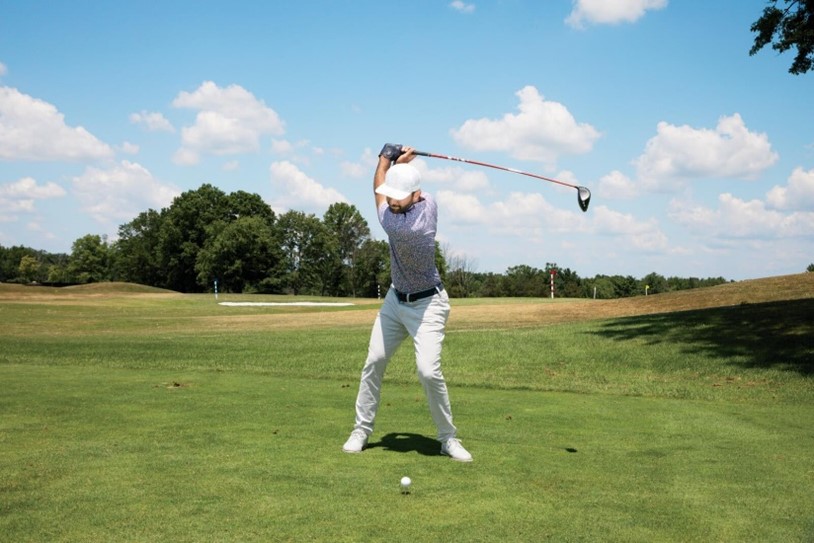
15/ Practice With Pressure: “I try to make my practice sessions emulate tournament conditions. The goal is to structure range time so it’s as difficult and mentally exhausting as possible, so that when I play in a tournament it just feels like simple golf.” Justin Thomas
16/ Optimize Your Launch and Spin: Now that you appreciate the importance of the loft- and-spin relationship, allow us to introduce you to the Optimal Launch Conditions chart. This
is what good club-fitters determine as they’re helping dial-in your driver specs. Everyone’s ideal loft and spin numbers are slightly different, depending on their ball speed and angle of attack. The closer you can get to matching these numbers with your gamer, the less distance you’ll be sacrificing.
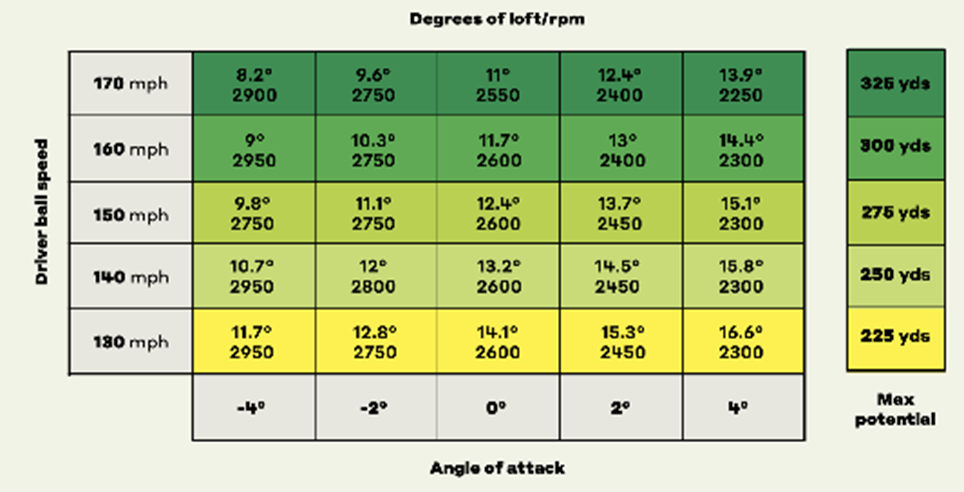
We all need the right clubs to match our swing and swing speed, but you also need to practice the correct basic swing to improve your game. GOLFSTR+ gives you 6 swing fixes in one Training Aid. Buy one today at www.GOLFSTR.com



